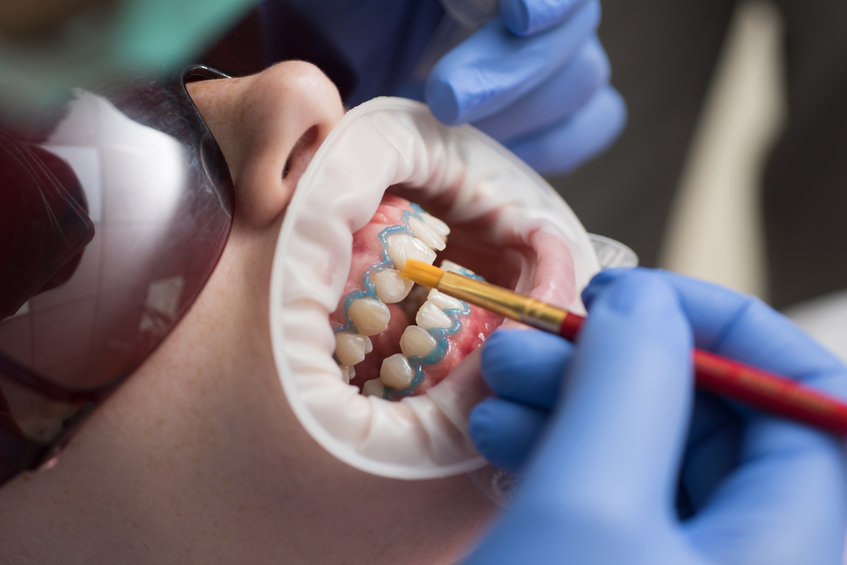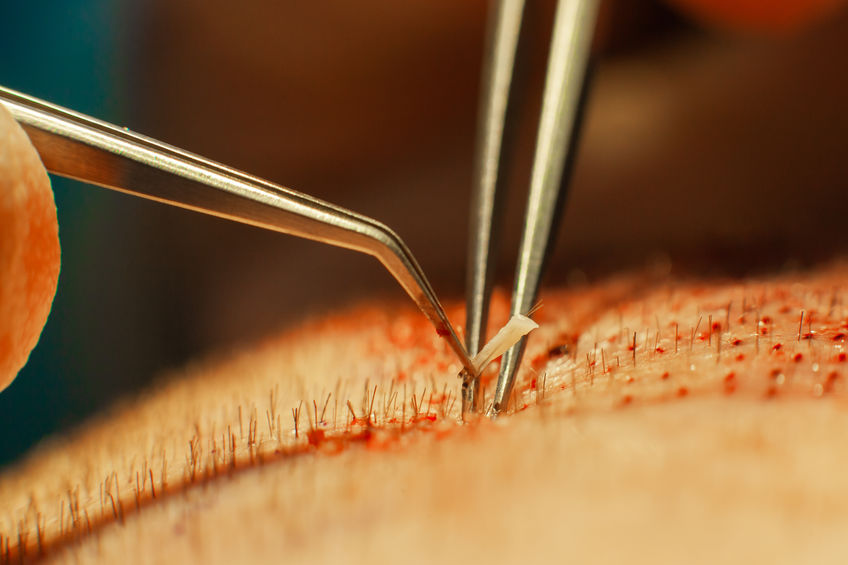It boosts self-confidence and influences how others perceive you. When teeth have imperfections—whether aesthetic or structural—two solutions often come up: veneers and crowns. These cosmetic dental treatments enhance the appearance of the smile, whether the teeth are discolored, damaged, or slightly misaligned.
However, choosing between these two options requires a thorough understanding of their respective characteristics, their specific indications, and their long-term implications. Here’s a focus on the specificities of each option, their advantages and disadvantages, lifespans, and much more!
What is a dental veneer?
A dental veneer is an ultra-thin prosthetic shell, generally between 0.3 and 0.7 millimeters thick. It is designed to cover only the visible surface of teeth, mainly those within the smile zone. Made from high-quality ceramic or composite, it is permanently bonded to the external surface after minimal enamel preparation.
This technique prioritizes maximal preservation of the natural tooth. Ceramic veneers such as feldspathic porcelain or lithium disilicate models offer translucency that perfectly mimics enamel, resulting in a very natural appearance. Their smooth, non-porous surface resists staining and yellowing, maintaining long-lasting whiteness.
Composite veneers are more affordable and even less invasive. They are created directly in the mouth through application of resin. However, this option is slightly less durable and resistant than ceramic veneers.
What is a dental crown?
A dental crown is a full prosthetic restoration that completely covers the visible part of the tooth above the gumline, thereby reconstructing the entire original anatomy. Unlike a veneer, which covers only the external face, this technique encapsulates the tooth all the way around.
It provides full protection and significant structural reinforcement. Modern crowns come in several materials with distinct properties:
-
All-ceramic crowns are preferred for their exceptional aesthetics on visible front teeth
-
Porcelain-fused-to-metal crowns combine metal and ceramic for enhanced strength
-
Zirconia crowns are a high-performance ceramic material offering outstanding mechanical resistance and optimal biocompatibility
Metal crowns—once common—are now used mostly for non-visible posterior teeth. It’s important to note that placing a crown requires substantial dental preparation.
This involves reducing the natural tooth around its entire circumference to create the space needed for the prosthetic. Crowns are mainly recommended for individuals whose teeth are severely damaged by large cavities, major fractures, root canal treatments that weaken the tooth, multiple restorations, etc.
Advantages and disadvantages of veneers
Veneers are especially appreciated for their minimally invasive approach. They require only slight enamel polishing, allowing the tooth to remain almost entirely intact. This conservative aspect is a major advantage for long-term dental health, preserving the tooth in a state close to natural.
Ceramic veneers also offer exceptional aesthetics. Their natural translucency, ability to reflect light like enamel, and perfect customization in shade, shape, and texture create spectacular and natural-looking results.
The excellent biocompatibility of ceramic also reduces risks of gum irritation or allergic reactions. Their resistance to staining surpasses that of natural enamel, ensuring long-lasting whiteness. However, veneers also have important limitations. They do not withstand extreme forces well, particularly in people who grind their teeth or frequently consume very hard foods.
The cost of veneers may also deter some patients, especially since they are rarely reimbursed. The irreversibility of the procedure—even if minimal—is another important factor: once enamel is removed, it cannot be restored.
Advantages and disadvantages of crowns
Crowns stand out for their strength. By fully covering the tooth, they provide long-lasting reinforcement. This is essential for root-treated or severely damaged teeth, especially at the back of the mouth where chewing forces are stronger.
Crowns also offer great therapeutic versatility. They can treat a wide range of situations, from simple aesthetic correction to the complete reconstruction of a tooth. Modern crowns are remarkably durable and can last over twenty years with proper maintenance, making them a cost-effective long-term investment.
However, crowns come with significant drawbacks that must be considered. Tooth preparation is extensive and leads to irreversible loss of dental tissue. In some cases, this reduction may even require a root canal if the pulp is too close. Temporary sensitivity may also occur after placement.
Veneers or crowns: lifespan and maintenance
The durability of dental restoration techniques is a key factor influencing long-term planning and value for money. According to many clinical studies, high-quality ceramic veneers generally last between ten and twenty years, though there are wide variations.
This longevity depends on the quality of the initial placement, the material selected, the patient’s oral hygiene, and any parafunctional habits. Composite veneers are less durable, typically lasting between five and ten years, often requiring more frequent touch-ups or replacements.
Crowns are even more durable. They commonly last fifteen to twenty-five years, and sometimes longer under optimal conditions. New zirconia crowns demonstrate exceptional strength, suggesting even greater longevity.
Maintenance is similar for both dental restoration options, relying on essential oral hygiene practices:
-
Careful brushing twice daily with a soft toothbrush and non-abrasive toothpaste
-
Daily flossing or use of interdental brushes to remove plaque
-
Regular dental check-ups every six months for professional cleaning and restoration monitoring
To further extend their lifespan, it is recommended to avoid biting directly into very hard foods such as ice, pits, or hard candies. One should also avoid using teeth as tools to open packaging.
In summary
Veneers and crowns meet different objectives. Veneers are ideal when the teeth are healthy but aesthetically imperfect. They offer spectacular results while preserving most of the natural tooth.
Crowns, on the other hand, are best suited for damaged, fragile, or heavily restored teeth. They provide strong protection, high durability, and full reconstruction. However, the preparation required is much more invasive. The choice between these two restorative techniques therefore depends on the condition of your teeth, your aesthetic expectations, and your priorities regarding tissue preservation.



